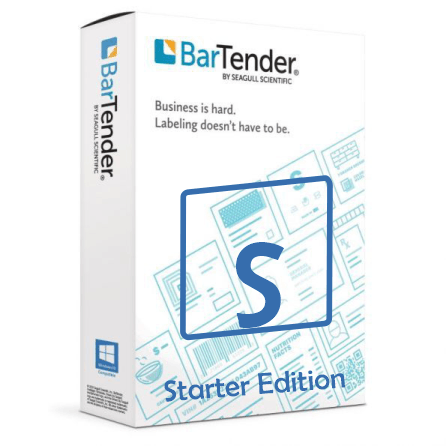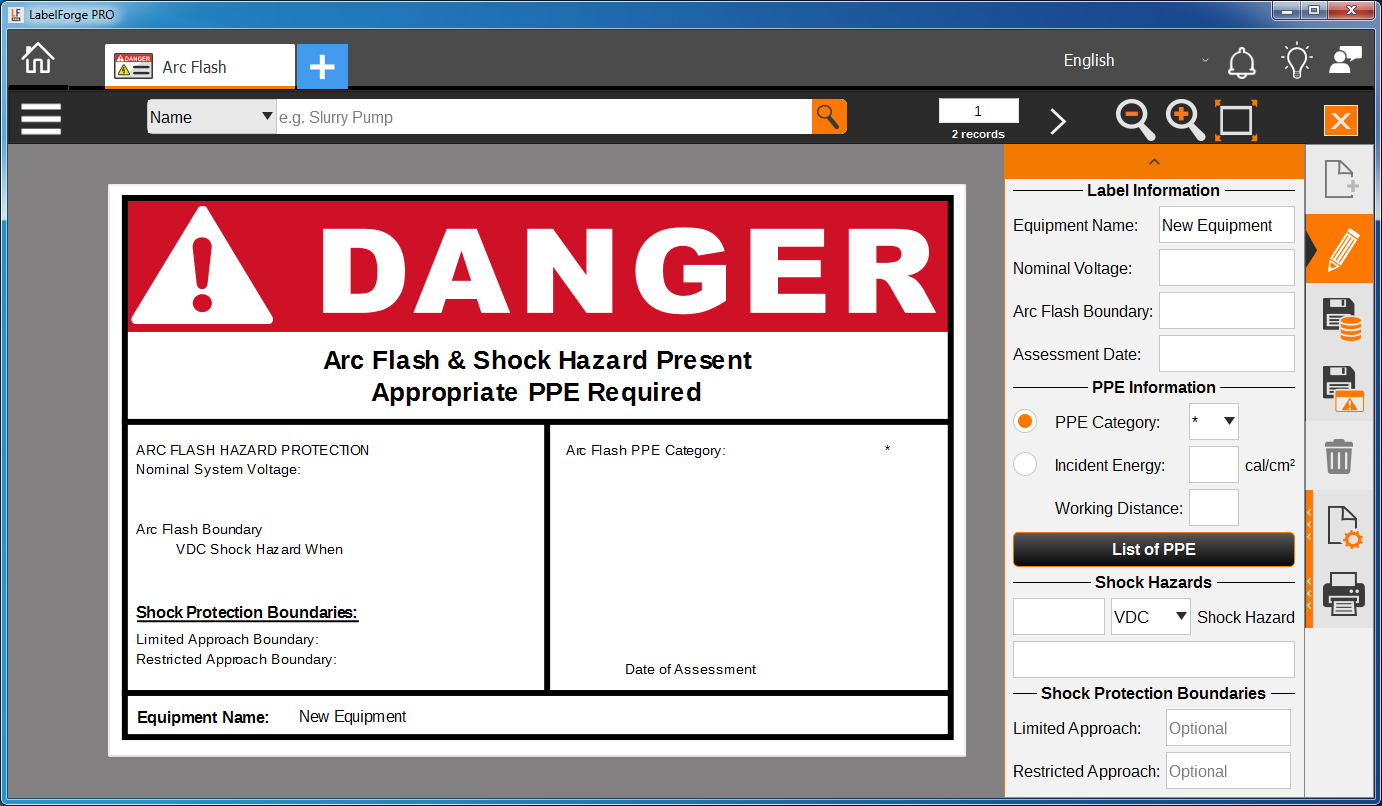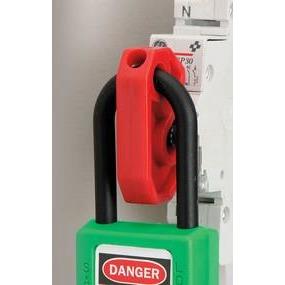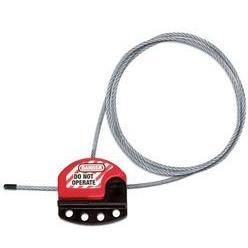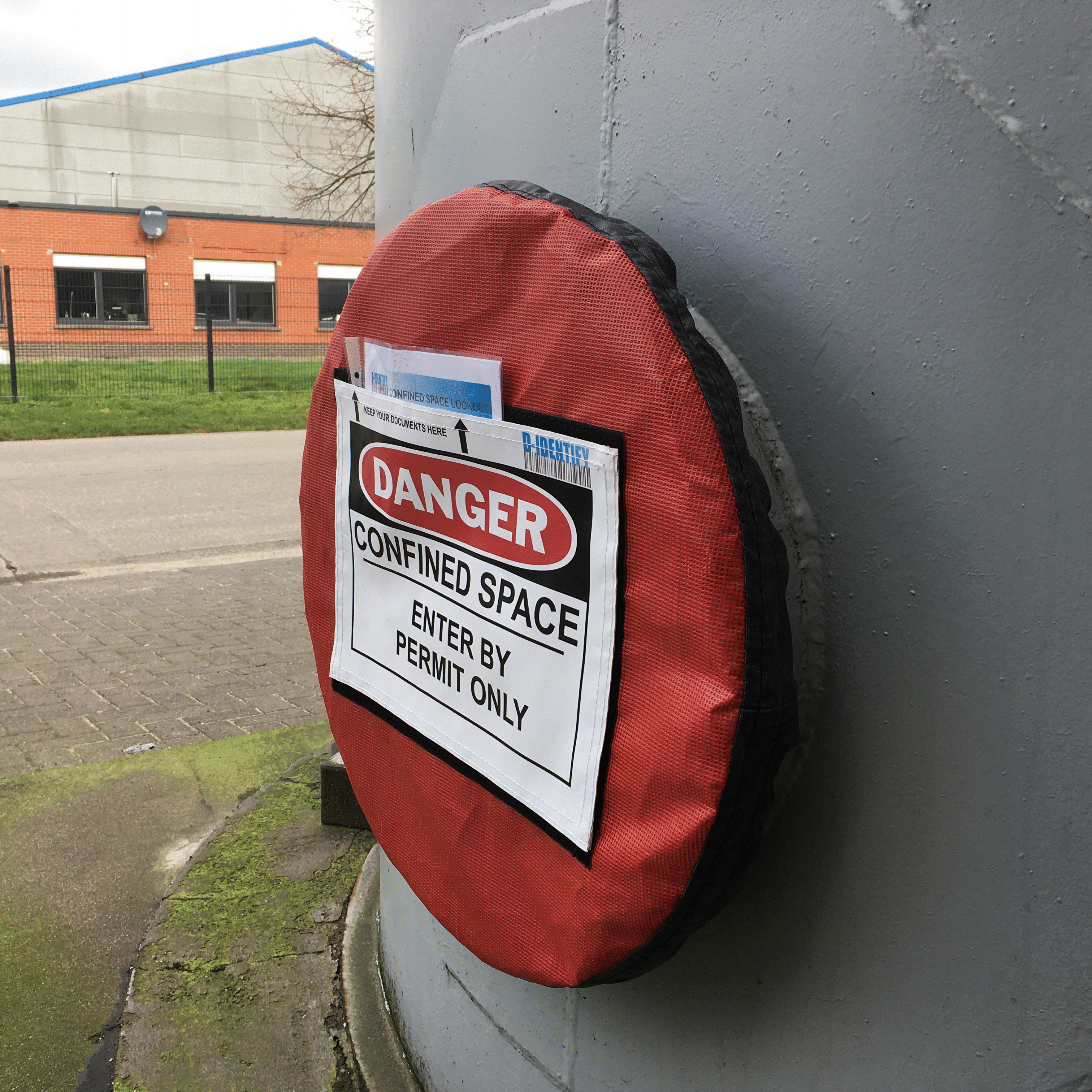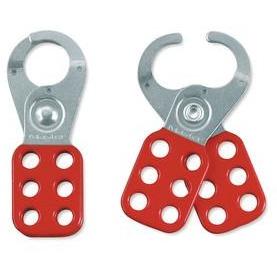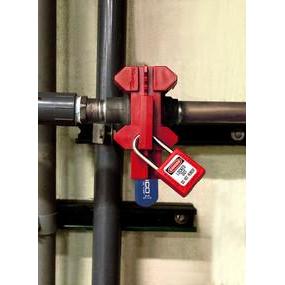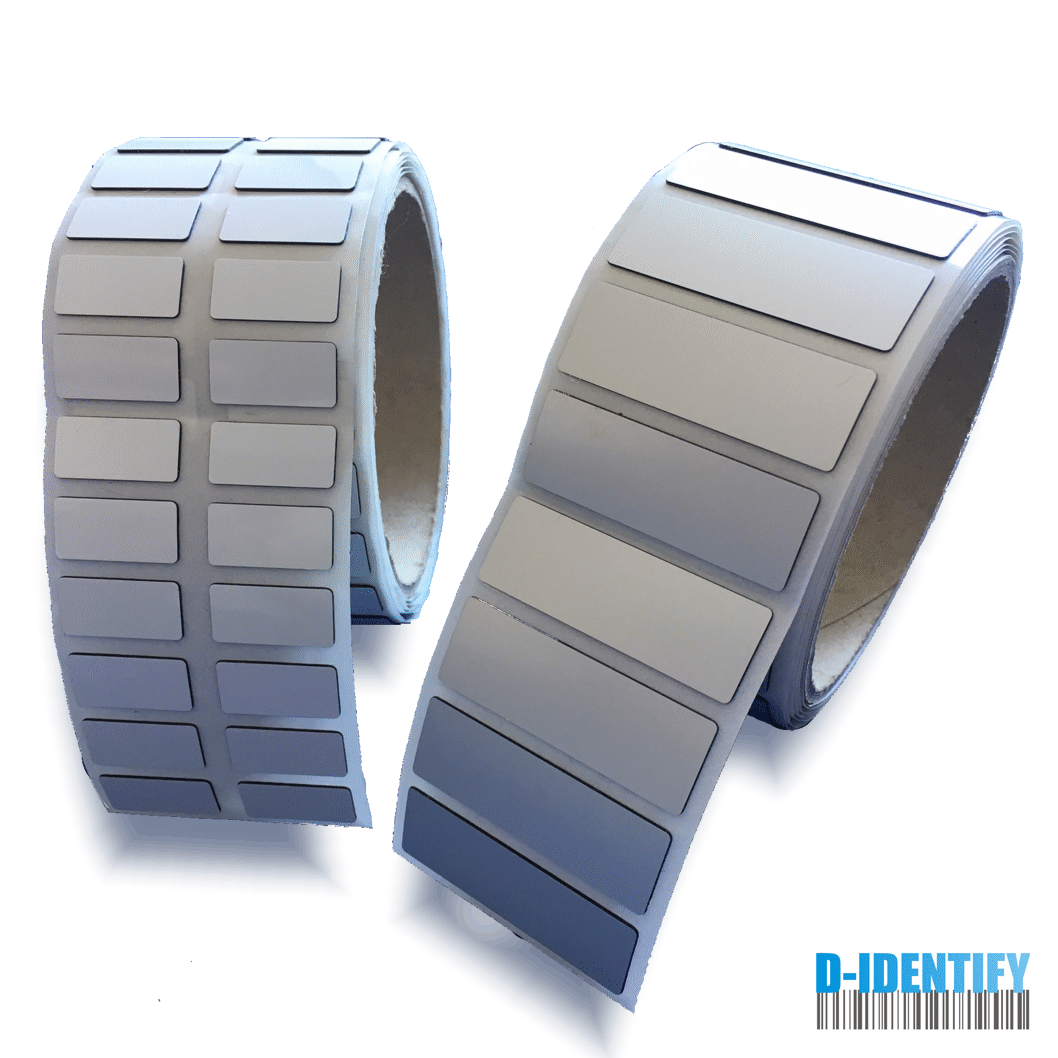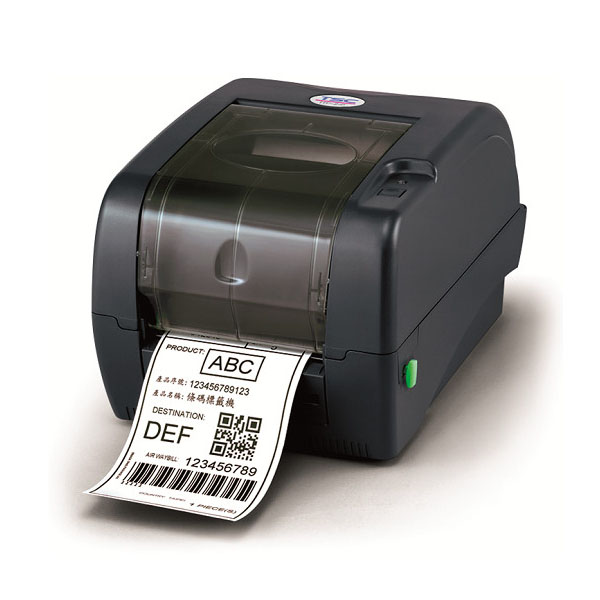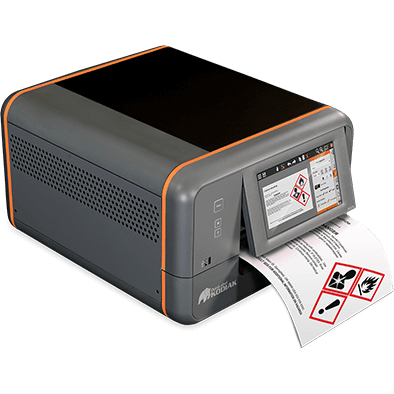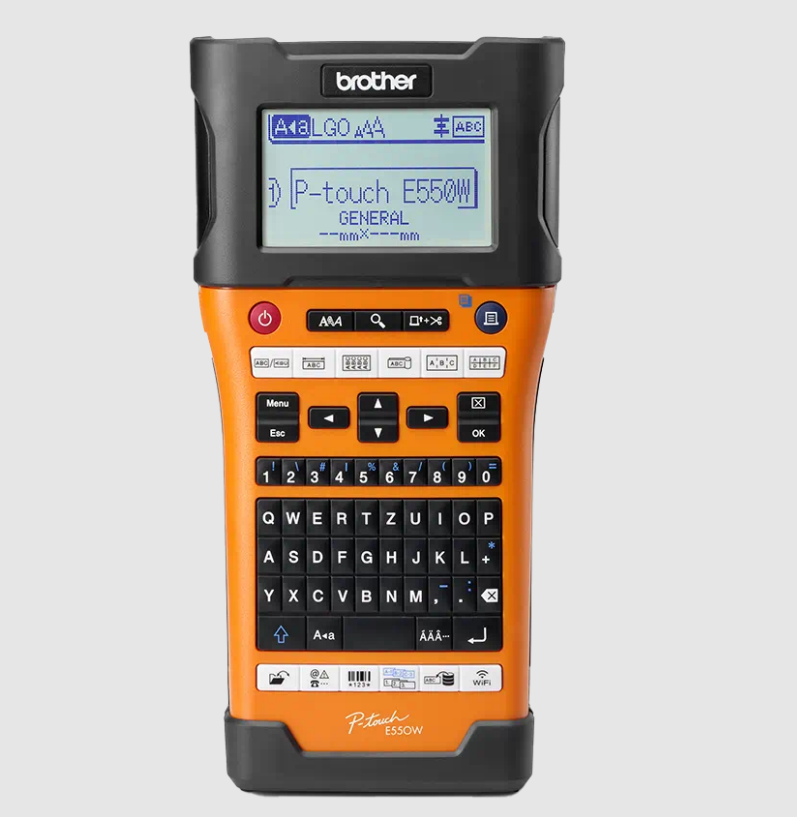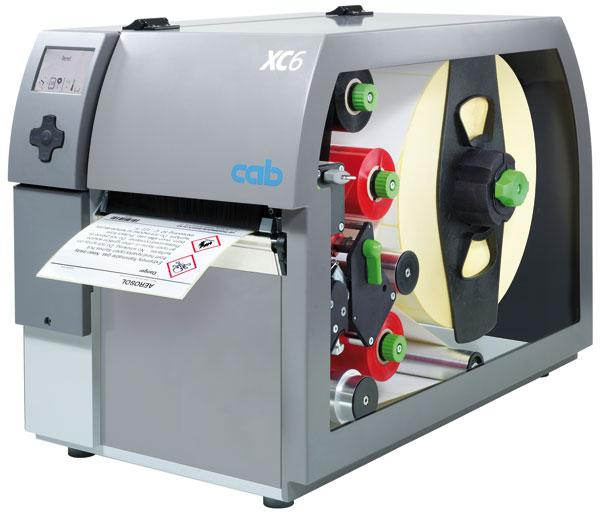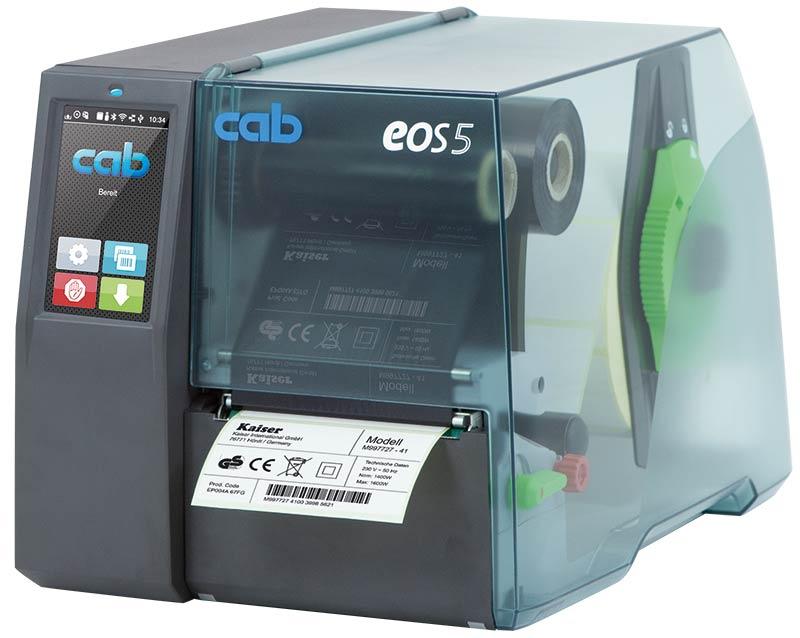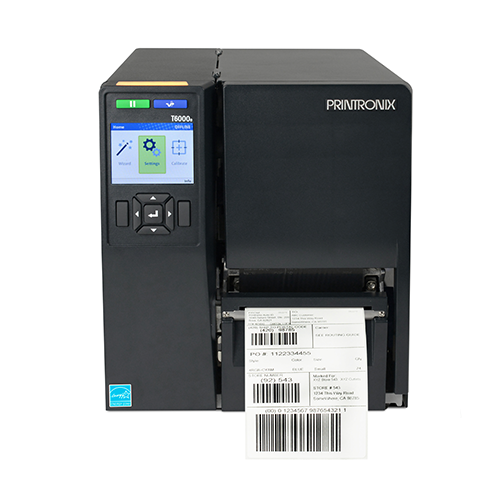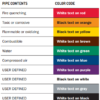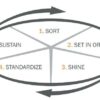
BS5609 is the British Standard for pressure-sensitive adhesive labels used for marine applications. Also known as the Marine Immersion Label Testing Standard, BS5609 is recognized internationally as the standard labels must meet when they are used on hazardous chemical containers shipped by sea. The purpose of BS5609 is to ensure that labels remain effective, even after months floating in the sea. With proper labeling the potential for negative environmental and health effects, resulting from chemical containers lost at sea, is reduced.
Why is BS5609 Compliance Important?
Drums, as well as other types of containers, are used to transport hazardous materials such as solvents, paint, petroleum products, chemicals, and hazardous wastes. Each of these containers must have a GHS label providing information about the contents and their associated hazards. When these containers are being shipped by sea, the GHS label must be able to survive exposure to salt water spray for extended periods of time. Because containers can be swept off ships during storms, or as the result of an accident, the GHS labels must also be able to survive immersion in salt water for up to three months, as well as abrasion resulting from contact with sand and rocks.
BS5609 compliance means that a GHS label has been tested and proven to be able to survive in salt water for up to three months.
Regulations such as the Merchant Shipping Act in the U.K. and the International Maritime Dangerous Goods (IMDG) shipping regulations require dangerous and hazardous material containers to be marked with durable labels. The term “durable” is interpreted to mean BS5609. In addition, sometimes BS5609 compliance is specified when extra durable GHS labels are needed, even though the shipment is not going by sea. Because BS5609 compliance assures general long-term durability in high moisture, bright sunlight, and extreme weather conditions, it is the standard most often referenced when extra durability is needed.
BS5609 Compliance and GHS
The Globally Harmonized System of Classification (GHS) provides standardized criteria for classifying the health, physical, and environmental hazards associated with a substance. It also has specific requirements for labels that must be on all shipments of hazardous or dangerous materials, including those shipped by sea. The information that must be on GHS labels includes:
- GHS Hazard Pictograms
- Signal Words – either Danger or Warning.
- Hazard Statements
- Precautionary Statements
- Product Identifier
- Supplier Identification and Contact Information
The GHS label provides sufficient information such that anyone, who finds a container that was lost from a ship, will know the contents are hazardous and be able to contact the appropriate organization for more information.
If the GHS labels on containers shipped by sea could not survive an extended stay in seawater, when the container was found the contents of the container would be unknown. That could result in harm to people and the environment.
To receive your free guide on GHS or BS5609 go to our FREE GUIDES section


